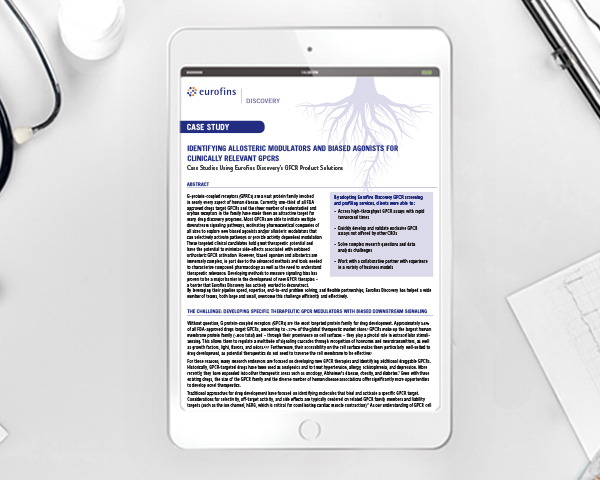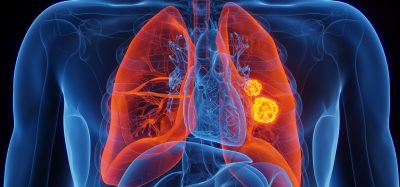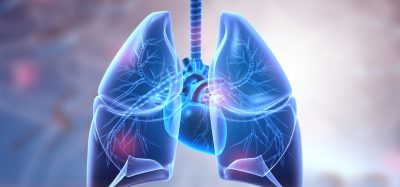Case study: Identifying allosteric modulators for GPCRs
Posted: 25 January 2021 | Eurofins Discovery | 1 comment
Identifying allosteric modulators and biased agonists for clinically relevant GPCRs. Case Studies using Eurofins Discovery’s GPCR product solutions.
The sheer number of understudied and orphan receptors in the GPCR family have made them an attractive target for many drug discovery programs. These targeted clinical candidates have the potential to minimize side-effects associated with unbiased orthosteric GPCR activation. Developing methods to measure signaling bias has proven to be a major barrier in the development of new GPCR therapies – a barrier that Eurofins Discovery has actively worked to deconstruct.
Related content from this organisation
- Advancing ADC Development: End-to-End Solutions from Design to Characterization
- The future of carcinogenicity risk assessment: AI-powered, ethical alternatives to traditional testing
- Unprecedented fragment-based screening using Spectral Shift for GPCRs
- Rapid functional cell-based activity profiling of multi-receptor targeted anti-obesity therapies
- CRISPR™ MDCKII cell lines development for bioavailability and DDI assessments
Related topics
Assays, Biopharmaceuticals, Drug Discovery, Hit-to-Lead, Imaging, Screening, Targets
Related organisations
Eurofins Discovery










GPCRs have been highly understudied in the context of COVID-19 and given that they are cell surface receptors and the COVID-19 S (spike) protein has been implicated in invasion/pathogenesis and therapeutic poor response, it will be interesting to understnad the interaction between GPCRs and COVID-19 as well as in relation to other pathogens that may be drivers of infection in COVID cases such as other coronaviruses/respiratory and non respiratory pathogens.